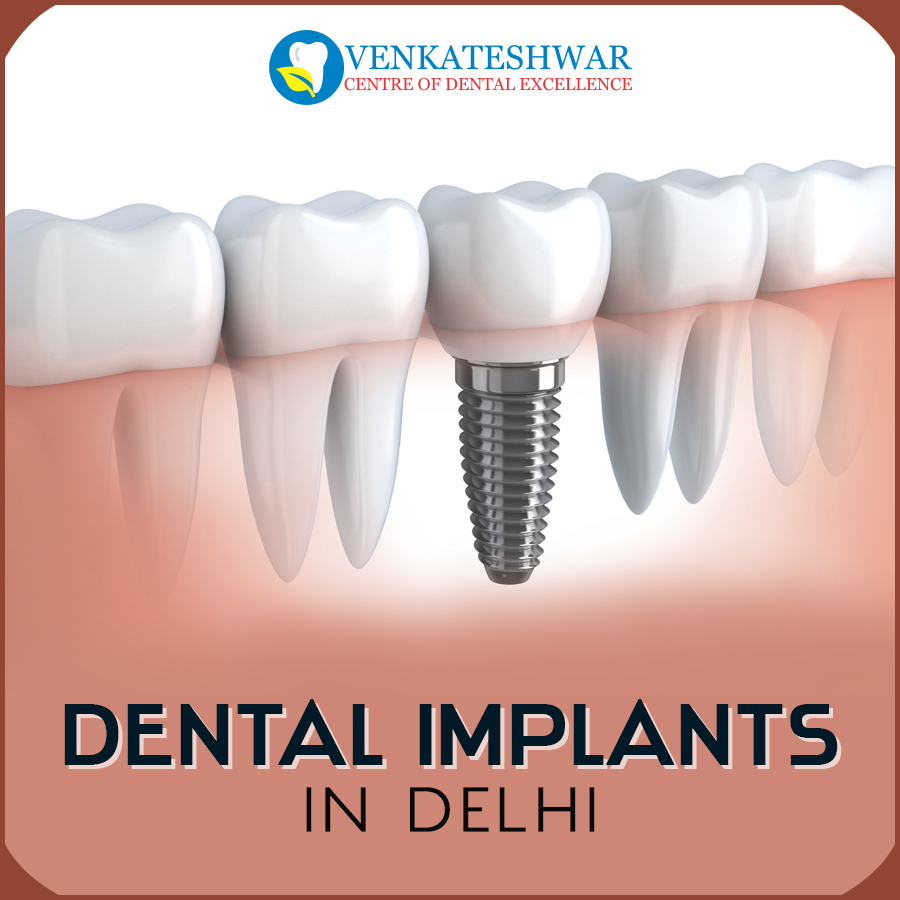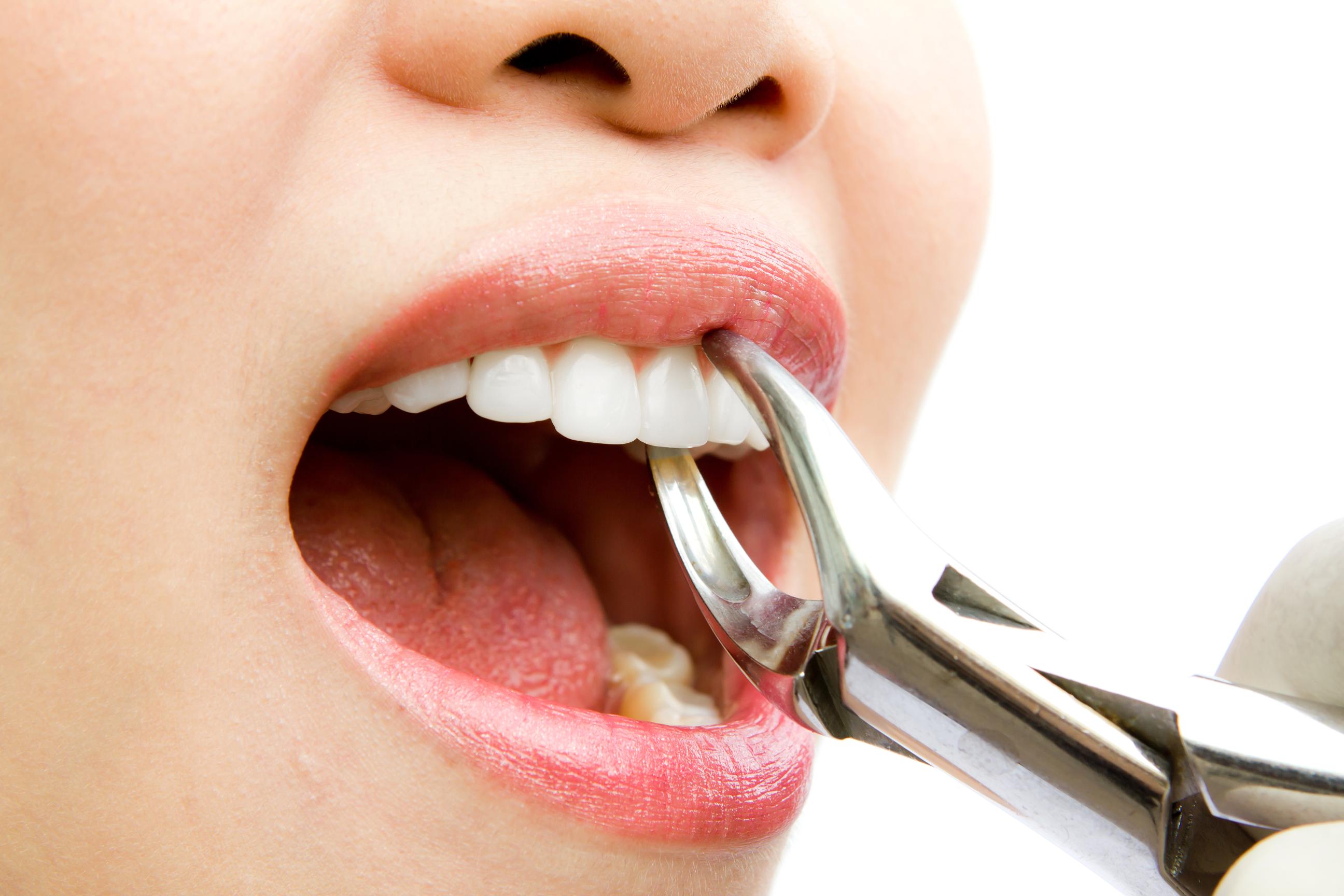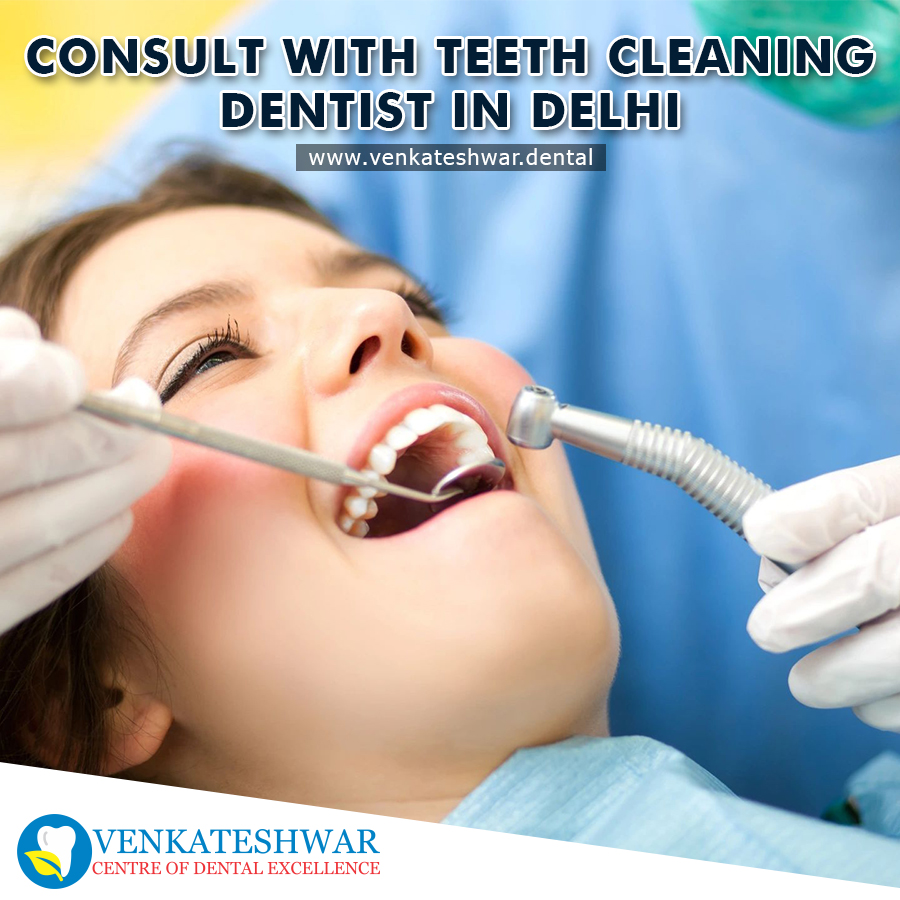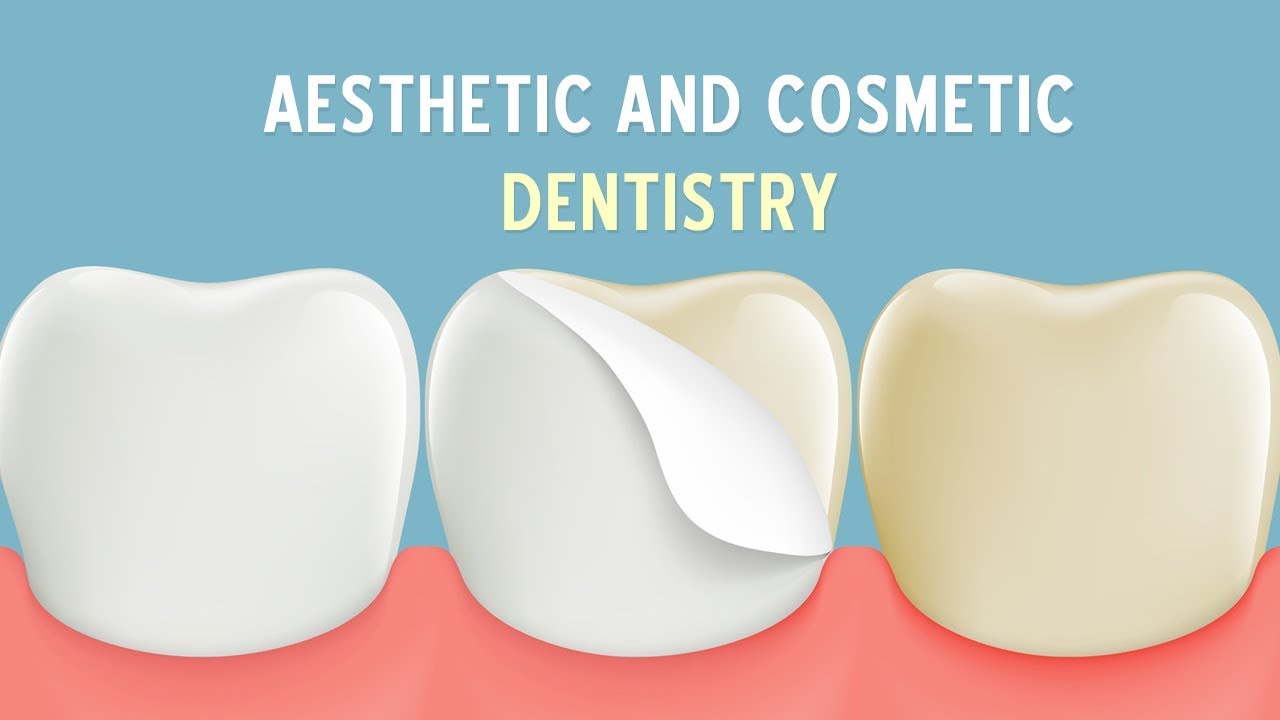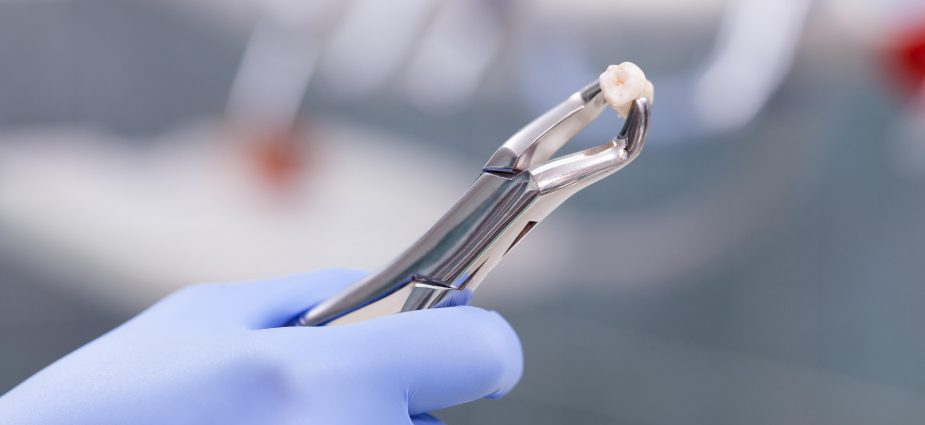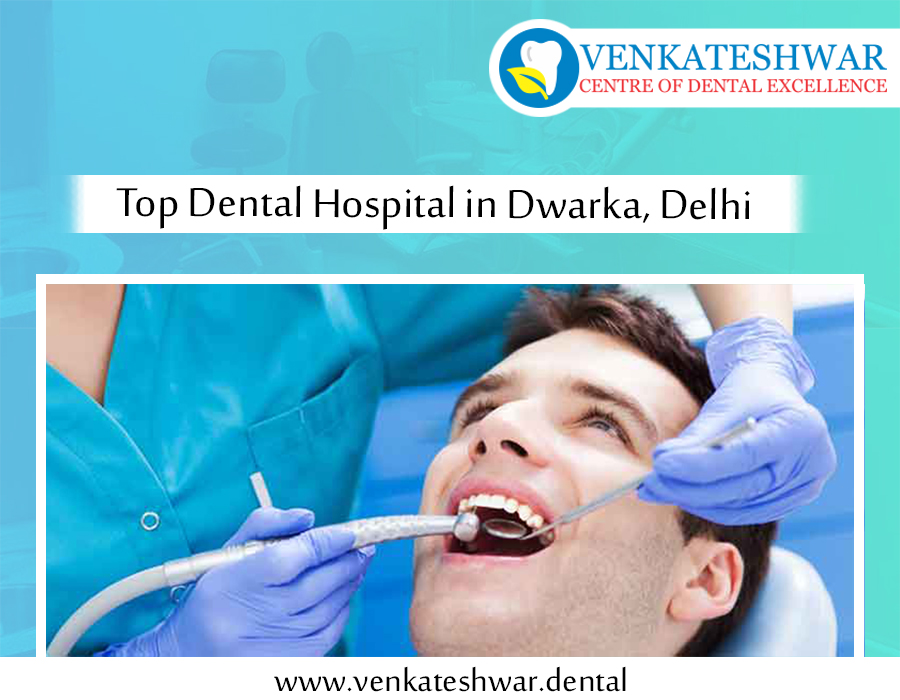Meet on clothes, and escorted by the mind, as they say. In the modern world, which is always somewhere in a hurry and a hurry, the value of the first impression has increased significantly. It has become insufficient to look good, be neat, and have a bright smile and a sharp mind. It happens that it does not come to mind.
Consider the situation; you have come for an interview in a large company, where your dream job has been waiting for you for a long time. You have prepared immaculately, in you there is fire, zeal to conquer new heights and one hundred percent confidence in your abilities. One of the stages of the interview, after the first stages of screening out incompetent applicants, is a personal conversation with your future boss.

Being in a one-on-one situation, you answer all the questions posed by the employer, but you notice that with each question asked, the response of your interlocutor becomes less and less active. It seems to you that he does not listen to you at all. When you leave, you can guess that, despite all your positive professional and personal qualities, you do not leave an excellent impression precisely like the smell from your mouth.
Yes, indeed, it would seem such a small thing, but it can solve the question of your future. If, of course, you have an employer with a chronic runny nose, then there will be no problem as such at the interview stage. However, no one is immune from problems with future colleagues, and the very reasons for the unpleasant odor require immediate elimination.
The bad smell is a signal of our body that something is wrong with it. The causes can be varied: problems of the gastrointestinal tract, ENT diseases, but first of all you should consult your dental hospital in India to rule out issues of the oral cavity, which rare cases cause unpleasant smell from the mouth.
Let’s deal with the leading causes of this problem.
Insufficient oral hygiene
As a result of the use of strong tea, coffee, addiction to tobacco products, a plaque forms on the teeth, which not only spoils the appearance of a smile but is also a breeding ground for bacteria. Over time, the plaque will turn into tartar, which spoils the tooth enamel. The result is caries, as well as severe gum disease.
It’s not hard to warn. It is enough to improve the personal hygiene of the oral cavity (do not forget to brush your teeth, use dental floss and rinses) and go through the procedure of professional hygiene in your dentistry, during which plaque and tartar are removed.
Poor gum condition.
Inflamed gums, in other words, periodontitis, is also a common cause of bad breath. The gum is inflamed because a filling or crown was poorly installed; because of high crowding; lack of oral hygiene.
Poorly planted crowns or poor-quality fillings cause bad breath. Since, due to poorly performed work, food particles can get stuck in the space between the filling and the tooth, and become clogged under the crown. Having stayed there, food particles begin to decompose and give off a bad smell from the mouth.
If all of a sudden you still encounter this problem, as we said earlier, first of all, you should visit a dental hospital in India to calm not only yourself but also to let the people around you enjoy the conversation with you.


